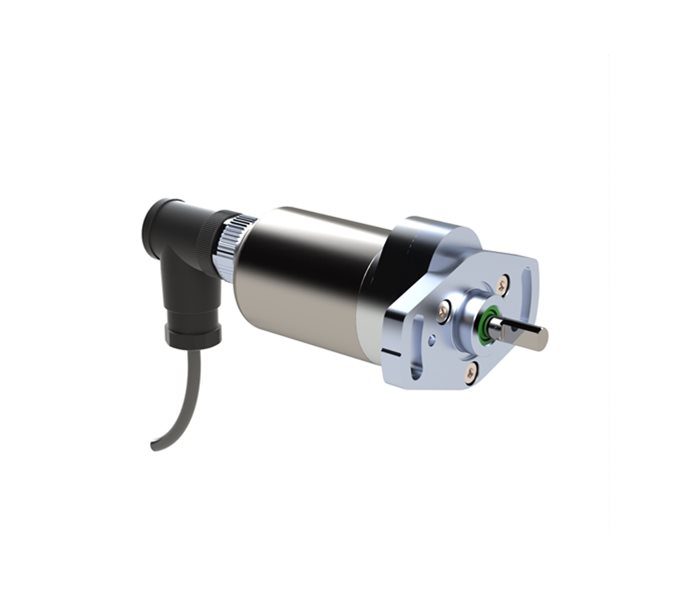
Positek
Positek P530
Part no.: Positek P530
Key Features
• Fulll 360 degree position data
• Analog voltage and current outputs
• Up to 0.1% linearity
• For smaller angles: P500 (16-160 deg), P502 (<16 deg)
P530 is a durable, high accuracy rotary sensor designed for industrial and scientific feedback applications. The P530, like all Positek sensors, is supplied with the output calibrated to the angle required by the customer, up to 360 degrees. The sensor provides a linear output proportional with angle of rotation.
It is particularly suitable for OEMs seeking good sensor performance for arduous applications such as industrial machinery where cost is important.
Overall performance, repeatability and stability are outstanding over a wide temperature range. The P530 has a rugged stainless steel body and shaft for long service life and environmental resistance. The mounting flange is anodised aluminum. The sensor is easy to install with flange or servo mounting options, it also offers a wide range of electrical options. Sealing is IP65 or IP67 depending on selected cable or connector options, and full EMC protection built in.
Call us for more info at 856-727-9500
"*" indicates required fields
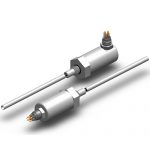

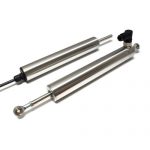
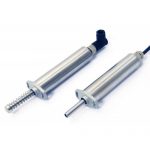

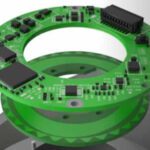



 856-727-9500
856-727-9500